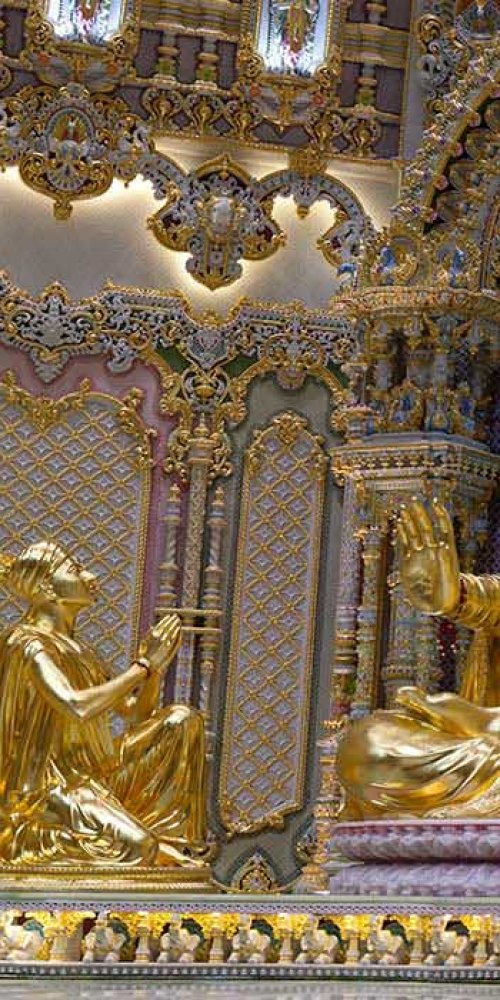

Step off your street-side chai stall and into the vibrant pulse of New Delhi, IN’s transport network. The melody of beep-beep from ticket barriers competes with the whistle of buses weaving through historic streets. You catch snatches of Hindi, Punjabi, English, and Tamil swirling around you as rickshaw horns mingle with the whirr of the metro. Every platform vibrates not just with footsteps but with stories - commuters chatting animatedly, college students scrolling for their stops, and vendors beckoning. The city's transport veins throb with life, promising you authentic encounters and swift connections if you know how to play the game.

When I first climbed the cathedral tower in Old Delhi, I realised city views are nothing without knowing how to navigate beneath. Public transport in New Delhi, IN brings you closer to the city's soul - saving you time, money, and giving a front-row seat to urban life. Compared to taxis or cabs, metro rides and buses are astonishingly affordable, often costing a fraction of private fares. If you treasure speed during Delhi’s peak-hour chaos, the metro’s punctuality and its segregated tracks help you dodge traffic snarls that plague roads.
Beyond convenience, switching to public modes helps cut your carbon footprint. New Delhi’s pollution episodes, sadly headline news, improve incrementally with increased metro patronage and efficient buses. Opting for mass transit contributes to greener air, fewer congestion jams, and supports ongoing expansions into eco-friendly electric fleets.
Plus, public transport immerses you in the everyday buzz - you overhear local gossip, spot street art, and sometimes make new friends. Whether winding through the saffron spires of temples or the glass business towers, you’re part of a moving mosaic. It’s freedom to explore without worrying about parking or traffic, and whether you’re a frugal backpacker or a keen day-tripper, the transport system richly rewards your curiosity.
| Mode | Lines / Routes | Peak Frequency | Night Service |
|---|---|---|---|
| Metro | 11 lines, 285 stations | Every 2–5 mins | No |
| Buses (DTC & Cluster) | 100+ routes | Every 10–15 mins | Limited Night Routes |
| Tram (Heritage, limited) | 2 routes | Every 20 mins | No |
| Bike-share (app-based) | Distributed zones | On demand | Yes |
The metro in New Delhi, IN stands as the backbone of the city's public transport, whisking millions daily with sheer efficiency. Buses supplement areas beyond metro reach but watch for some delays during rush hours. The heritage tram routes offer charming rides through colonial quarters, perfect for casual sightseeing. App-based bike shares provide flexibility for short trips and last-mile connectivity. Combining these modes tailors your journey for speed, cost, and experience.
During peak hours, usually 8-11 AM and 5-8 PM weekdays, the metro and buses fill quickly. You’ll notice packed coaches, especially on the Yellow and Blue metro lines funneling commuters from suburbs into central business districts. Planning trips outside these windows can mean a blissfully empty carriage and fewer ticket queues. However, if your schedule locks you into rush hour, prepare to be patient or try standing near the middle of platforms where trains arrive first.
Off-peak services run less frequently but maintain decent coverage. Night buses available only on key routes may help late workers or night owls, though frequency is sparse. When I travelled at 9 PM once, I spotted other solo adventurers - perfect companions for safe travel.
Ticket costs remain consistent across all times, but off-peak travel can feel faster simply because vehicles aren't delayed in traffic jams or congested stations. Every expat I’ve met swears by downloading the official metro app showing live train arrivals; it helps you dodge crowds and delays effortlessly.
Remember, planning ahead with transport passes New Delhi, IN can also alleviate stress during rush: you tap in and out efficiently without fumbling for change or tickets.

Most metro stations feature elevators, ramps, and dedicated wheelchair spaces on trains. Staff assist on request, but you may need to inform stations ahead for busy times. Smooth, tactile pathways guide visually impaired travellers through major hubs.
Parents enjoy barrier-free metro access; however, busy slots can be challenging with prams due to crowding. Foldable strollers are practical for on-board manoeuvring.
If arriving by Delhi Airport Express line, luggage trolleys and wide gates ease travel. Avoid rush hours if hauling bulky bags to ensure seating availability and easy boarding.
The metro is generally safe till the last train, with security personnel on platforms and CCTV surveillance. Avoid isolated carriages late at night for extra safety.
Currently, single tickets are mode-specific, but city cards and passes combine metro and bus rides for seamless transfers.
Consider ride-sharing bikes for short hops or off-peak metro journeys. Auto-rickshaws fill the gap but negotiate fares beforehand.
Most smart card balances refund if you exit the system permanently; tourist passes are non-transferable and non-refundable.
Whether you’re here for sacred temples, sprawling markets, or cutting-edge urban sights, mastering public transport in New Delhi, IN is your ticket to freedom and discovery. Share your experiences or questions below - I’d love to hear which routes you loved or where you got stuck! Don’t forget to sign up for my newsletter for the latest tips and insider stories from cities worldwide. Happy travels!

Additional articles from our network with useful insights about New Delhi.